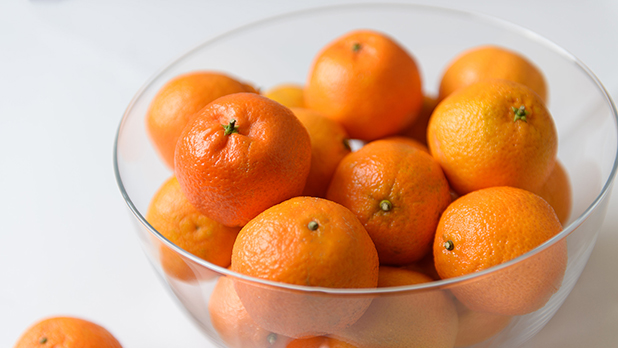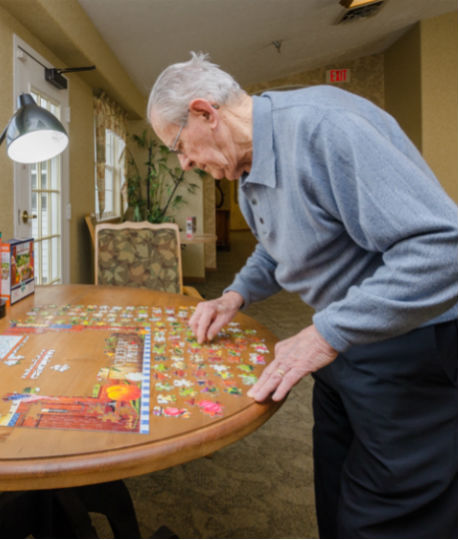Vitamin C does more than pump up the immune system so we can better fight colds. It’s also believed to help prevent bone loss, maintain vision, and promote better oral health. But there’s growing evidence that vitamin C can also be good for your skin.
Here’s what skin care experts say about vitamin C’s benefits.
Vitamin C and Aging Skin
If you’ve noticed an abundance of commercials and print ads touting the benefits of collagen, you aren’t alone. Unlike fillers and injections of the past, this is a different type of collagen. Celebrities and fitness experts hype collagen supplements in powder form. Researchers predict Americans will spend $293 million on collagen in 2020, up from $50 million in 2014.
Those who believe in collagen’s benefits say it keeps your skin plumper while making lines less noticeable. As we age, the collagen in our bodies breaks down faster than it can naturally be replaced.
Vitamin C can help spur on collagen production in the body. The Mayo Clinic recommends 90 milligrams of vitamin C a day for men and 75 milligrams for women. While exceeding that amount likely won’t be harmful, it may upset your stomach and digestive tract and cause heartburn.
Sources of Vitamin C
Since the body doesn’t produce vitamin C on its own, you’ll have to find it in food sources and supplements. Foods rich in vitamin C include:
- Oranges
- Grapefruit
- Papaya
- Guava
- Kiwi
- Chili peppers
- Sweet yellow peppers
- Sweet red peppers
- Parsley
- Kale
- Brussels sprouts
- Broccoli
- Strawberries
- Cantaloupe
- Pineapple
- Cauliflower
Evaluating Collagen Supplements
Collagen producers promote lists of their products’ benefits. They include improved gut health, stronger muscles, reduced bone loss, less brittle nails, and better skin. Talk with your physician before adding a collagen supplement, including in powder form, to your diet. They may refer you to a naturopathic or alternative medicine physician for more advice.
VeryWell Health conducted a study of some of the more popular collagen powders on the market in 2020 and ranked them as follows:
- Vital Proteins Original Collagen Peptides: Best for skin care
- Great Lakes Gelatin Co. Collagen Hydrolysate: Best for cooking
- Physician’s Choice Collagen Peptides: Best overall collagen
Skin Care Tips for Older Adults is an article you can quickly read for more ideas on caring for aging skin.
Subscribe to Five Star Senior Living’s Blog
If you haven’t already done so, we encourage you to subscribe to the Five Star Senior Living Blog. We update it throughout the week with the latest news on aging, dementia, wellness, caregiving, and more!
You never have to worry about privacy if you subscribe. We don’t share or sell your contact information. It will only be used to send you occasional emails about senior care and successful aging.







 As Baby Boomers continue to reach retirement, the average age of drivers on the nation’s highways is climbing. While a common perception is that senior behind the wheel put other drivers at higher risk for injury, they are actually less likely than teen drivers are to cause fatal and non-fatal accidents. The truth is that older drivers are more likely to cause harm to themselves when they hit the road.
As Baby Boomers continue to reach retirement, the average age of drivers on the nation’s highways is climbing. While a common perception is that senior behind the wheel put other drivers at higher risk for injury, they are actually less likely than teen drivers are to cause fatal and non-fatal accidents. The truth is that older drivers are more likely to cause harm to themselves when they hit the road.


